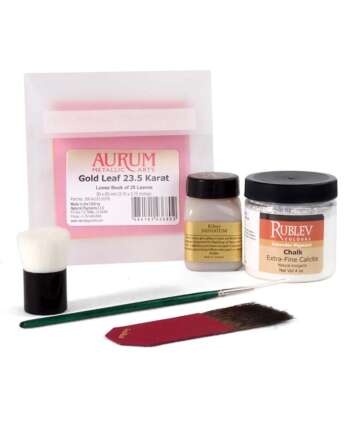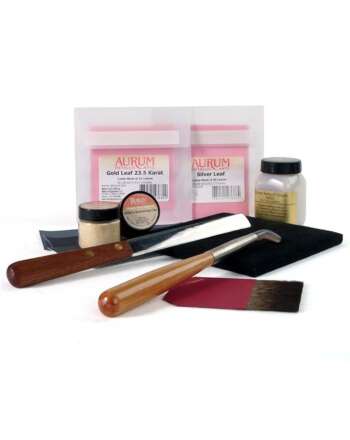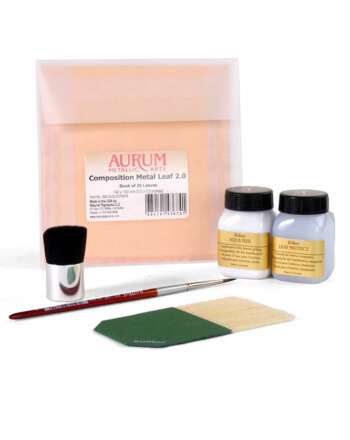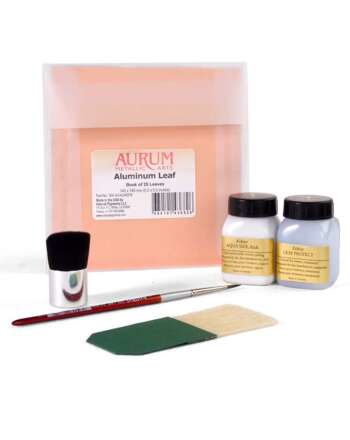Gilding is the process of applying a thin layer of gold or other metal to a surface, typically to enhance its appearance or to create a decorative effect. Metal leaf is a thin sheet of metal, usually gold, that is used in gilding.
Create Stunning Artworks with Gilding
Gilding is an ancient technique used for centuries in art and architecture to create beautiful and luxurious effects. It involves applying a thin layer of gold or other metal to a surface to enhance its appearance or create a decorative effect. Gilding can create a wide range of effects, from subtle highlights to dramatic, ornate designs.
Gilding is a multi-step process that involves preparing the surface to be gilded, applying a thin layer of adhesive, and then carefully laying the metal leaf onto the surface. The adhesive, typically called size, is used to ensure that the metal leaf adheres to the surface. Once the metal leaf is applied, it is burnished to create a smooth, even surface.
Many different types of metal leaf can be used for gilding, including gold leaf, silver leaf, copper leaf, and aluminum leaf. Each type of metal leaf has its unique properties and can be used to create different effects. For example, gold leaf is a warm, yellow color and is often used to create a traditional, luxurious look. Silver leaf, however, has a cool, silvery color and is often used to create a more modern, contemporary look.
One of the most exciting aspects of gilding is that it can be used in a wide range of mediums, such as painting, sculpture, furniture, and architecture. It can be used to create small details or to cover large areas, making it a versatile technique for artists. The use of gilding can add a level of elegance, luxury, and sophistication to artwork and can be used to enhance the visual appeal and value of the artwork.
Frequently Asked Questions
What is gilding and metal leaf in art?
What materials are typically used for gilding and metal leaf in art?
Gold leaf is the most commonly used metal for gilding, but other metals such as silver, copper, and aluminum can also be used. Gesso, size, and bole are the materials used as a base to apply the metal leaf on.
What are the differences between gilding and metal leaf in art?
Gilding is the process of applying metal leaf to a surface, while the metal leaf is the actual thin sheet of metal that is used in the process.
Are there any special techniques that need to be used when working with gilding and metal leaf in art?
Gilding and metal leaf require a steady hand and a delicate touch. It's important to use a high-quality adhesive, such as size, to ensure that the metal leaf adheres properly to the surface. Additionally, it's important to use the right type of ground for the surface you're working on.
What are some examples of famous artists who have used gilding and metal leaf in their work?
Many famous artists throughout history have used gilding and metal leaf in their work, including painters like Jan van Eyck, Rogier van der Weyden, Fra Angelico, and many more.
Are there any health hazards associated with working with gilding and metal leaf in art?
Handling of metal leaf may cause exposure to toxic substances such as lead, so it's important to take precautions when working with these materials, such as wearing gloves and working in a well-ventilated area. The exposure is minimal, but we recommend precautions while handling metal leaf.






